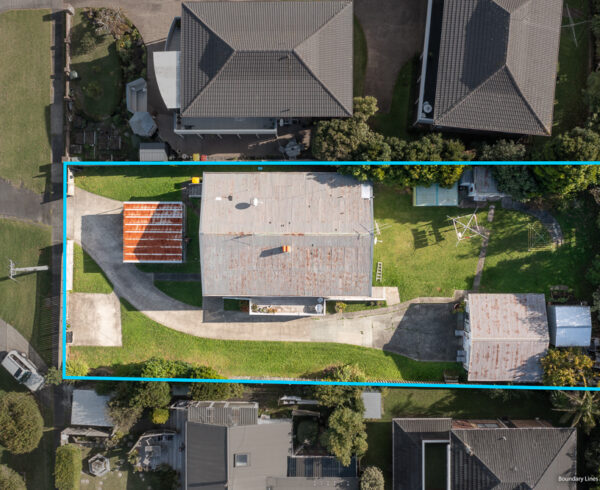The New Zealand economy is expected to grow 3.5 per cent over the coming year, with construction, tourism and household spending to lift inflation from its record lows, though international political concerns cast a shadow, according to ASB Bank.
In the bank’s forecasts for 2017, it says the domestic outlook is encouraging, with the overheated housing market expected to cool, though undersupply – particularly in Auckland – and low interest rates will stop house prices dropping drastically.
“The current investor loan-to-value lending restrictions are taking out some of the heat in the market,” the bank’s economists said in the report. “In Auckland, price resistance is increasingly likely to be a factor reining in future price growth. Outside of Auckland, increased housing supply will close the gap at a faster pace than NZ’s biggest city is capable of doing.
“While we expect the housing market to cool, house prices should still have a floor under them. Auckland is still facing growing supply shortage as population continues to outstrip building. Meanwhile, other regions do not face an affordability stretch, making recent price gains sustainable at still-low interest rates.”
ASB expects the Reserve Bank to leave the official cash rate at 1.75 per cent for the foreseeable future, keeping short-term borrowing costs low, but says annual inflation should return, lifted by the stronger economy with higher household incomes boosting consumer spending, and stay within the central bank’s 1 per cent to 3 per cent target.
Construction demand is continuing to grow across the country, with housing demand underpinned by strong population growth, while commercial construction is supported by low interest rates and stronger business confidence, with tourism also remaining a key support to the local economy, ASB said.
“Both construction and tourism industries have experienced very strong growth over recent years,” the report says. “As a result, capacity and skilled labour shortages are likely to become a challenge for businesses in these sectors over 2017. Capacity constraints could limit the pace of expansion going forward and also add to cost pressures.”
Unemployment is predicted to fall to 4.7 percent by the December quarter, from 4.9 per cent as of September 2016. House price growth across the country on the QV Index is expected to decline during the year, from 10.7 per cent as of September 16 to 9.7 per cent as of March and down to 3.5 per cent by December.
ASB expects the Kiwi dollar to remain firm against most currencies, but to continue to soften against the US dollar with president-elect Donald Trump’s fiscal policies “expected to be supportive for the USD.” It’s predicting an end-of-quarter cross rate of 71 cents by March, falling further to 68 cents by December.
“Trump is the big elephant in the room. He is promising big fiscal stimulus which would help boost US (and possible global) demand. Even just the prospect of it is pulling the NZD/USD down. However, he could take away with the other hand if he leads the world down a path of trade protectionism,” ASB said. The bank also noted Britain’s planning to leave the European Union, and political instability across Europe, could be a threat to financial stability, though the direct impact on New Zealand “should be minor – though concentrated.”
Uncertainty about the national election due to be held this year is likely to weigh on business confidence in the middle of 2017, with John Key’s surprise resignation in December increasing questions, ASB said. Nonetheless, the country is in a “relatively healthy fiscal position” putting it in a strong position for global challenges.







Recent Comments